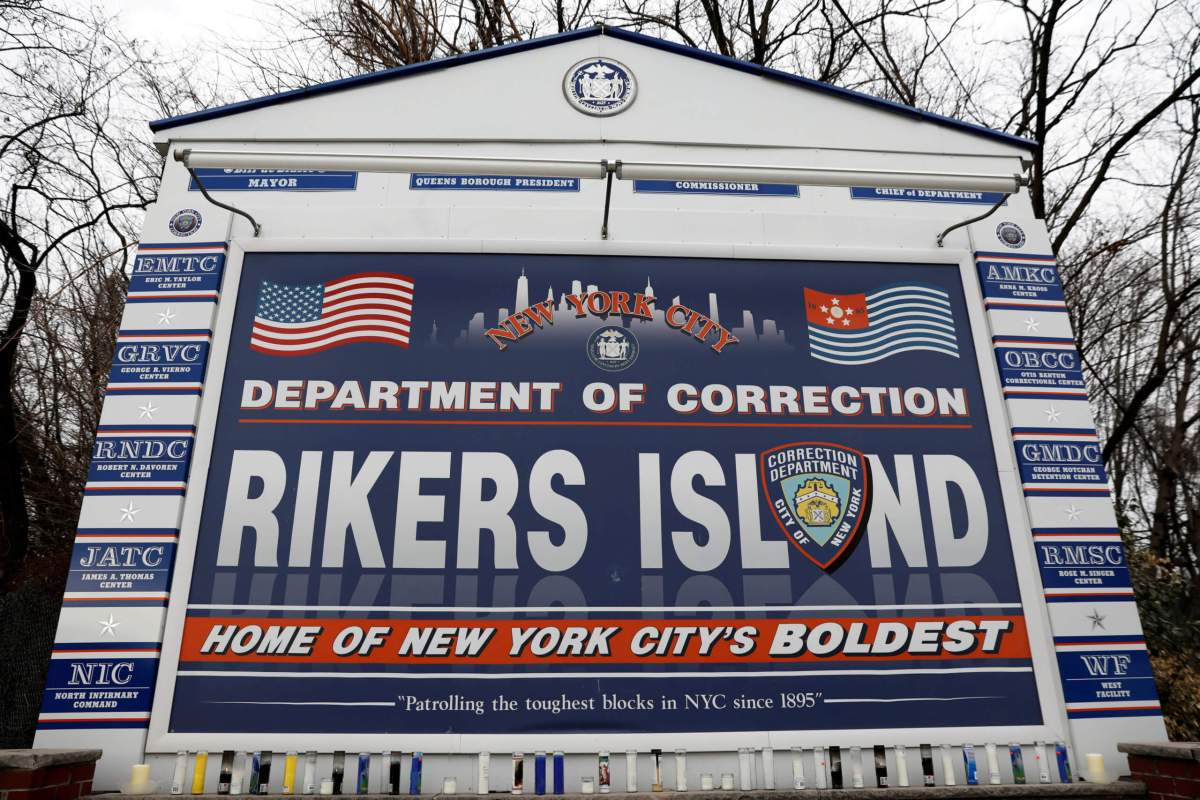New York City’s jails were overwhelmingly the place used to house unauthorized immigrants held by federal immigration authorities. However, the city was accused of illegally detaining over 20,000 immigrants on their planned release dates in order to comply with Immigration and Customs Enforcement (ICE) between 1997 and 2012.
These illegal detentions would occur whenever the immigrants were in police custody or serving a brief jail term. The US Immigration and Customs Enforcement personnel targeted these immigrants and asked the city to keep them for up to 48 hours after their time was up. After that, the agents picked them up and placed them in deportation procedures; many of them were held over and stayed much longer than their release time.
Against this background, plaintiffs filed a complaint more than 10 years ago and claimed that the city illegally held over 20,000 people for days, weeks, and even months after their planned release dates upon ICE’s request that they be held temporarily.
In this regard, a court-settled class-action lawsuit released on Dec.17, 2024, agreed to pay up to $92.5 million in damages because of its collaboration, occasionally leading to immigrants being detained by local law enforcers for longer than a day or two.
Reports stated that with reimbursement of up to tens of thousands of dollars, those immigrants are eligible to receive a portion of the $92.5 million, which the city comptroller’s office claims is one of the largest class-action settlements in New York City.
The statement further noted that “court rulings eventually clarified that local officers could not hold a detainee beyond their release date based solely on the contents of a federal detainer and that a court order was needed.” To be noted, New York City changed its policies in 2012 to conform with these court rulings.
According to the city’s law department, municipal authorities “have operated with the assumptions that compliance with ICE detainers was mandated under federal laws.”
With the settlement in place now, civil rights attorneys involved in the lawsuit since 2010 now have another issue to address. The finding of thousands of qualified immigrants, some of whom may have died or were scattered over other parts of the United States and even living in different countries.
One of the top attorneys on the case, Debra Greenberger, stated that her group was “clear that it was going to be hard to find people.” People can submit claims online, she added to her comment and said her staff cooperates with regional immigration organizations to promote the initiative.
Greenberger said the settlement addressed the injustices “against these immigrants who were forced into incarceration in horrific conditions when they should have been allowed to go home…we think it’s an important statement about this city’s past culpability in turning and even some being citizens over to ICE when that was not something they lawfully should have been doing,” Greenberger noted.
The settlement brought an end to a problematic legal struggle that started 14 years ago when Oscar Onadia, an immigrant from Burkina Faso, in West Africa, was detained at Rikers Island for an additional 41 days after serving his sentence. The complaint filed included hundreds of others who were or may have been wrongfully incarcerated by the New York City’s Department of Corrections. The complaint was approved as a class-action lawsuit in 2017.
Onadia should have been freed two days after being apprehended on Dec. 10, 2008, for driving without a license. However, ICE filed a “detainer request,” a procedure that asks prisons to keep a person for up to 48 hours beyond their planned release.
Unfortunately, the lengthy talks resulting from the class-action case lasted longer than Onadia: According to Greenberger, Onadia passed away earlier this year in his early 50s. In addition to the compensation for the 41 days he was in jail, the city would also give his wife $25,000.
It is also reported that a settlement administrator, a third-party organization designated by the court, will use a list of former prisoners with ICE detainer requests that the city has submitted to attempt to locate claimants. The number of claims filed and the time each person was detained will determine the payments.

























